Starting flower seeds indoors
Amanda Wilcox
3 years ago
Featured Answer
Sort by:Oldest
Comments (36)
User
3 years agoAmanda Wilcox
3 years agoRelated Discussions
Is it too early to start indoor flower sowing?
Comments (22)Welcome, Natalie. We really are a friendly group, don't let our goofballs scare you away. MMQC is our problem child here- endless funny comments but newcomers may not 'get' her jokes. I'd bet she spent her childhood in the principal's office. Wndy2shoes has been spending too much time around MMQC. I, too, wintersow my seeds outdoors, not inside as I was a miserable failure at that. But I do know that indoor sowing generally involves fluorescent lights about 14-16 hours a day and incandescent light isn't useful to plants. For more detailed information, the forums Seedmama mentioned will probably be your better source. Do consider a few containers outside by the wintersowing method. You might be pleasantly surprised by how easy it is as well as economical and successful. Karen Here is a link that might be useful: FAQs...See MoreChecking to OK container type & location
Comments (2)I have used nursery pots a couple of ways. Some small ones I put inside a large container with a clear lid or some other clear covering, plastic bags, etc. Be sure there are holes in both the lid/covering and the bottom for drainage and to allow soil & moisture to enter pots. Others I have sown and placed a cut off 2L or jug on top of the pot to provide light and air/moisture from the top and still have headroom for seedlings. Some seeds I put a plastic bag over the pot knowing that by the time the seeds germinate it will be warm enough for the seedlings to survive without any covering. Some pots I cut low to conserve potting mix as seedlings don't need a quart/gal full of potting mix. I prefer using shallow flats or 4 in pots. A cut down gal. pot makes a nice small flat. Re: covered patio Winter sowing can be done on a covered patio but containers will need more attention as won't get rain/snow so will need to be hand watered. 1/2 day sun will be enough for germination. Welcome to the fun....See MoreNew to Forum - some questions, comments about heating mats
Comments (4)I also consider myself a newbie - this is my third yr starting seeds indoors, and the first doing it in the cold basement. I have used a heat mat to start seeds the last 2 yrs - a smaller one that fits 1 standard tray. Once seeds have sprouted I move them off the mat. This year, I bought another mat that fits two trays. I think the petunias, coleus, and impatiens will appreciate growing on in 70ish temps rather than the 50 F ambient temp in the basement. Some things are moved off the heat once germinated, like the bells of Ireland and the Lavatera and snapdragons. I have enough light and room at the moment to fit 5 trays, with three on heat and 2 off. I don't have a thermostat and I do keep the mats on a timer with the lights - 12hrs on and 12 off. I feel that replicates avg spring temps here well: 70s in the day and low 50s at night. I also recommend "From Seed to Bloom" by Eileen Powell as a great reference for seed starting and seedling care. I found it at my library. Good luck and have fun with your new garden!...See MoreStarting seeds indoors, shade/part shade seeds flowers?
Comments (7)In my experience, Impatiens walleriana (the impatiens commonly found in garden centers) will grow better for you in pots and your conditions than Impatiens balsamina (aka garden balsam) will. ETA: and the former (impatiens) will have a much longer bloom period!!! Balsam takes a while to bloom, then it sets cool seed pods (fun for kids to pop!) and it dies, whereas impatiens will bloom from the start until killed by frost!...See Moregardengal48 (PNW Z8/9)
3 years agobeesneeds
3 years agoAmanda Wilcox
3 years agobeesneeds
3 years agoAmanda Wilcox
3 years agoUser
3 years agogardengal48 (PNW Z8/9)
3 years agoAmanda Wilcox
3 years agoAmanda Wilcox
3 years agoAmanda Wilcox
3 years agoUser
3 years agoUser
3 years agoUser
3 years agoAmanda Wilcox
3 years agoAmanda Wilcox
3 years agoAmanda Wilcox
3 years agoAmanda Wilcox
3 years agoAmanda Wilcox
3 years agoAmanda Wilcox
3 years agoAmanda Wilcox
3 years agoAmanda Wilcox
3 years agoUser
3 years agoAmanda Wilcox
3 years agoUser
3 years agobeesneeds
3 years agoAmanda Wilcox
3 years agoUser
3 years agoAmanda Wilcox
3 years agoUser
3 years agoAmanda Wilcox
3 years agobeesneeds
3 years agoUser
3 years agoAmanda Wilcox
3 years ago
Related Stories
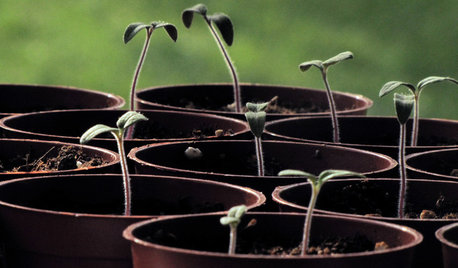
EDIBLE GARDENSPlanting Time: Get Your Garden Started With Seeds
You can get an early gardening fix — and save money too — by starting seedlings in the warm indoors
Full Story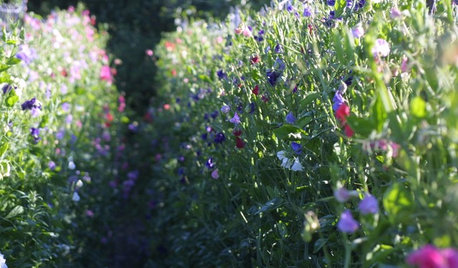
GARDENING 101How to Start a Cut Flower Garden for Beautiful Bouquets All Year
Flower farmer Erin Benzakein shows us how to grow fresh seasonal flowers the most satisfying way: by seed
Full Story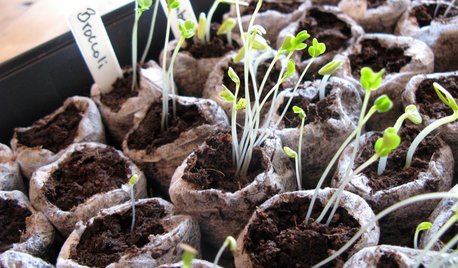
WINTER GARDENINGYour Essential Seed-Starting Glossary
Before starting plants from seed indoors, learn these common horticulture terms
Full Story
GARDENING GUIDESSeeds or Seedlings? How to Get Your Garden Started
Growing delicious herbs and vegetables starts with knowing your goals and when you want to plant
Full Story
CONTAINER GARDENS8 Easy Container Plants to Grow From Seed
Get beautiful blooms and herbs in summer by starting these choice garden picks from seed in spring
Full Story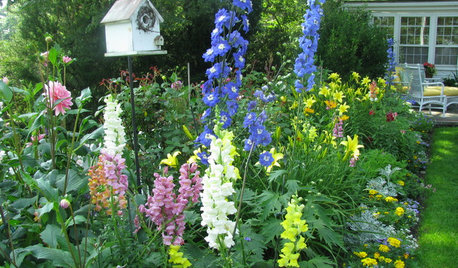
GARDENING GUIDESHow to Grow a Flower Garden for Bouquets
Enjoy fresh blooms indoors, bring beauty and fragrance to your garden beds, and help support pollinators
Full Story
GARDENING FOR BUTTERFLIESA Quick-Start Guide to Bird-Watching for Fun and Learning
Set out some seed and grab your field guide. Bird-watching is an easy, entertaining and educational activity for the whole family
Full Story
HOUSEPLANTSHow to Grow Orchids Indoors
Orchids are the exotic aristocrats of the flower world and can make themselves comfortable in almost any home
Full Story
GARDENING AND LANDSCAPINGCitrus 101: Start Your Own Backyard Orchard
This Earth Day Weekend, Add Some Green, Style and Deliciousness to Your Landscape
Full Story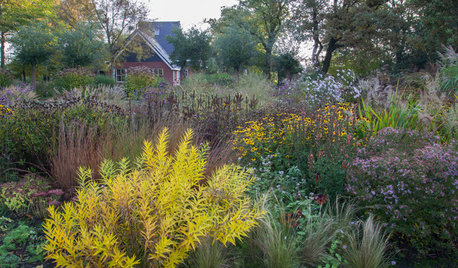
NATIVE PLANTSHow to Grow a Garden From Seed
Planting grasses and flowers from seed is economical, minimizes garden maintenance and benefits local wildlife
Full Story


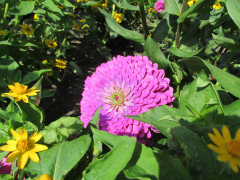
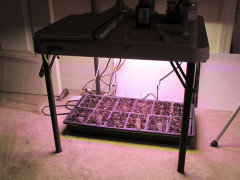
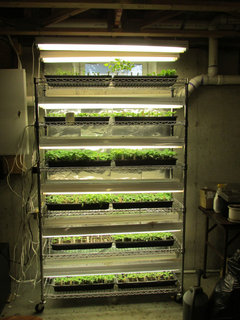
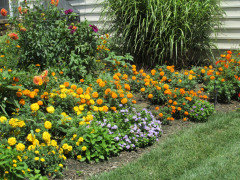
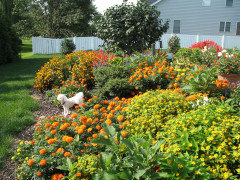
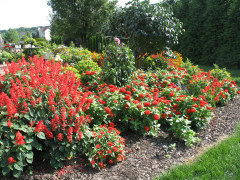
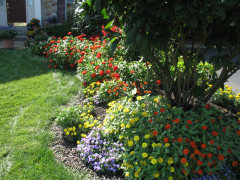
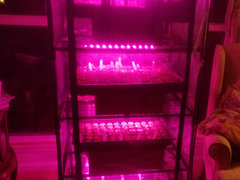
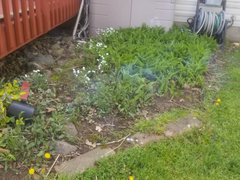
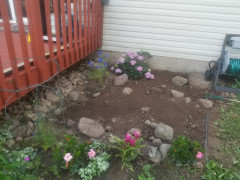
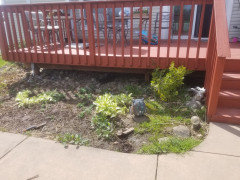
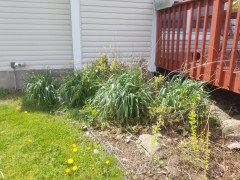

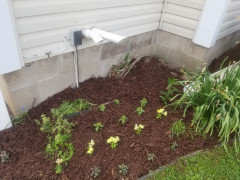
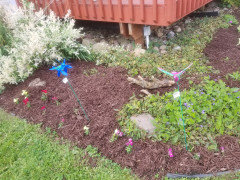
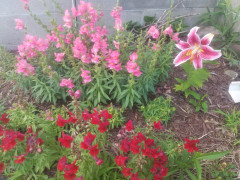
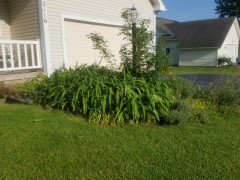
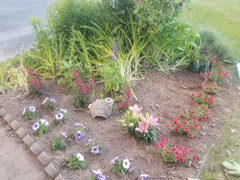

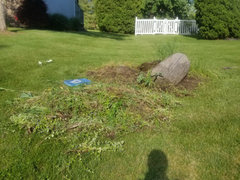
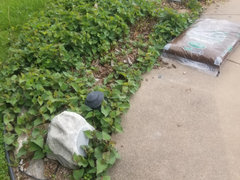
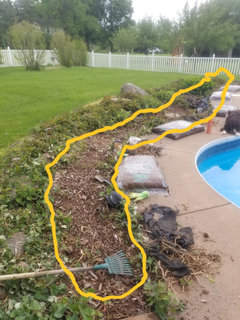
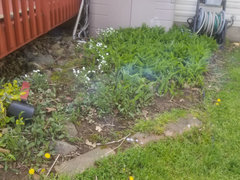
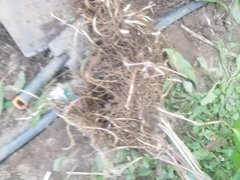

User